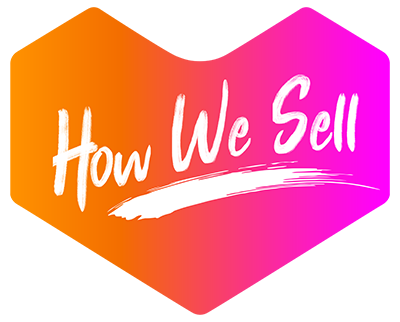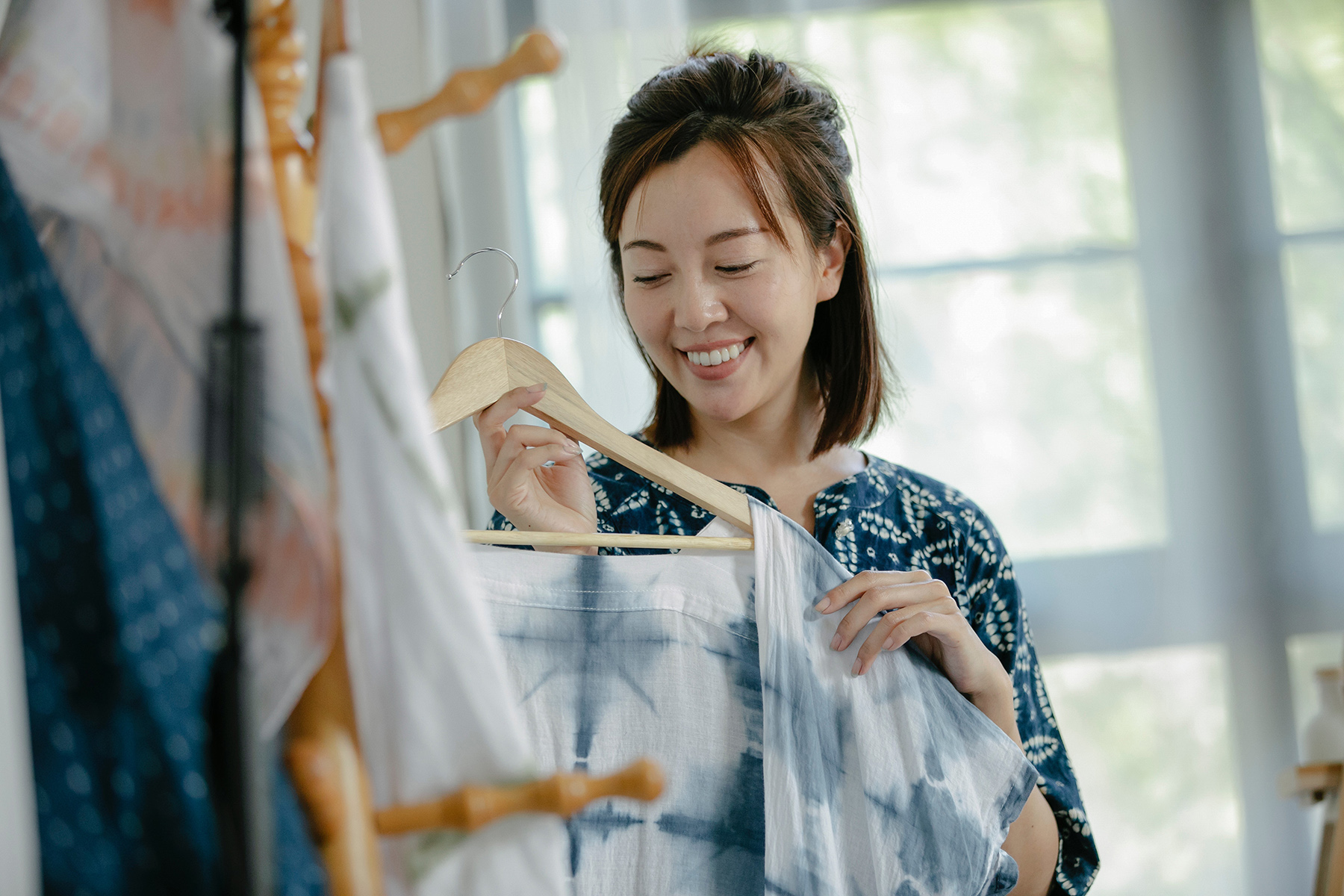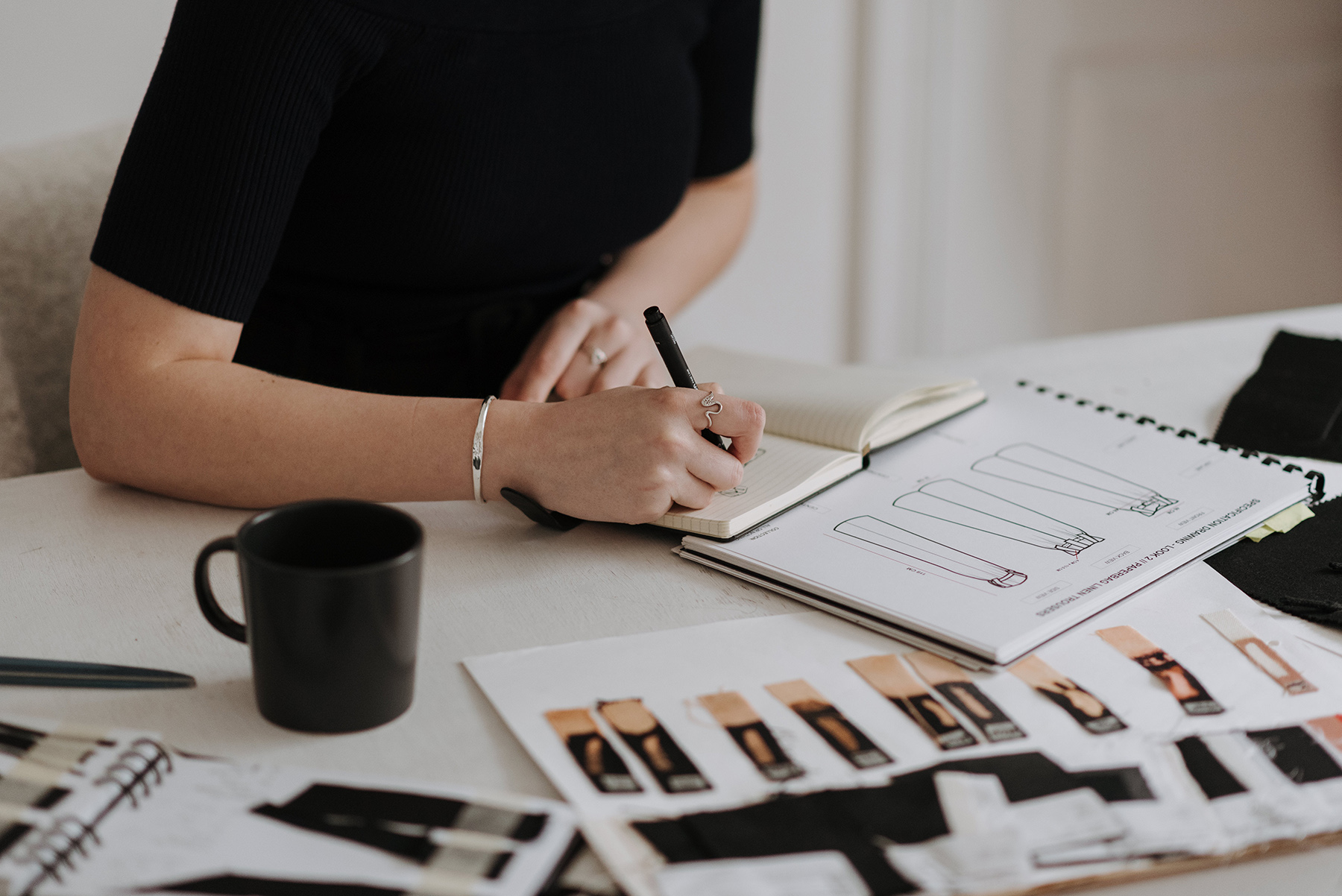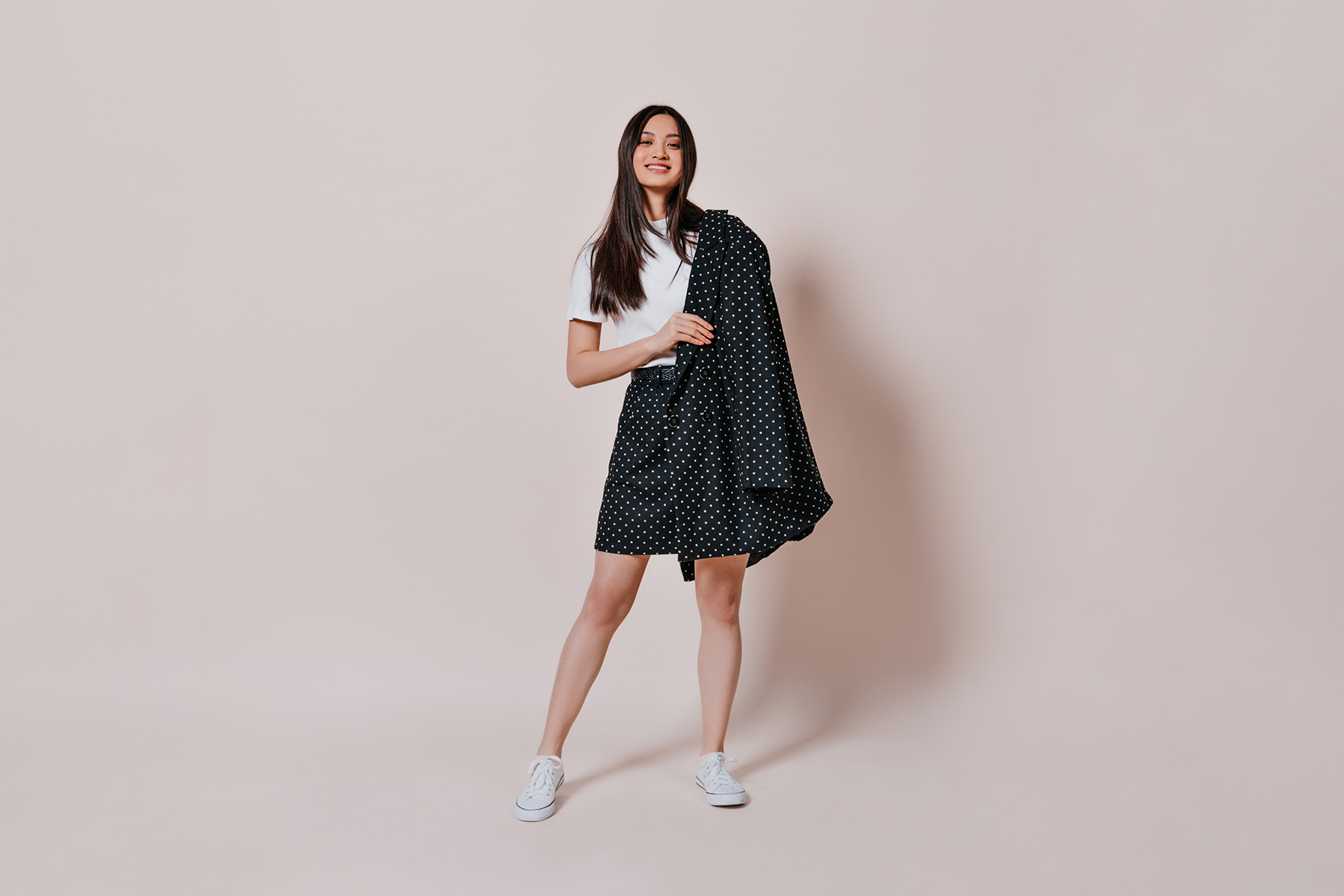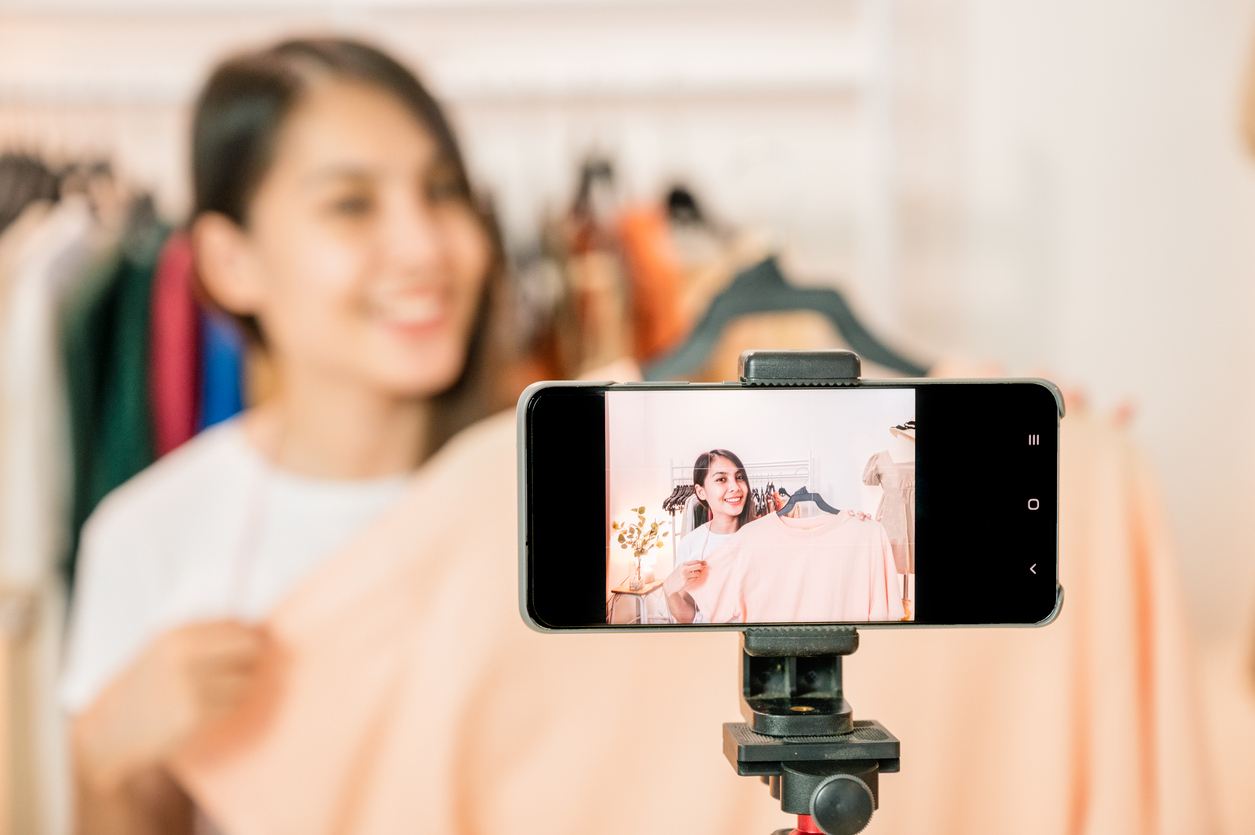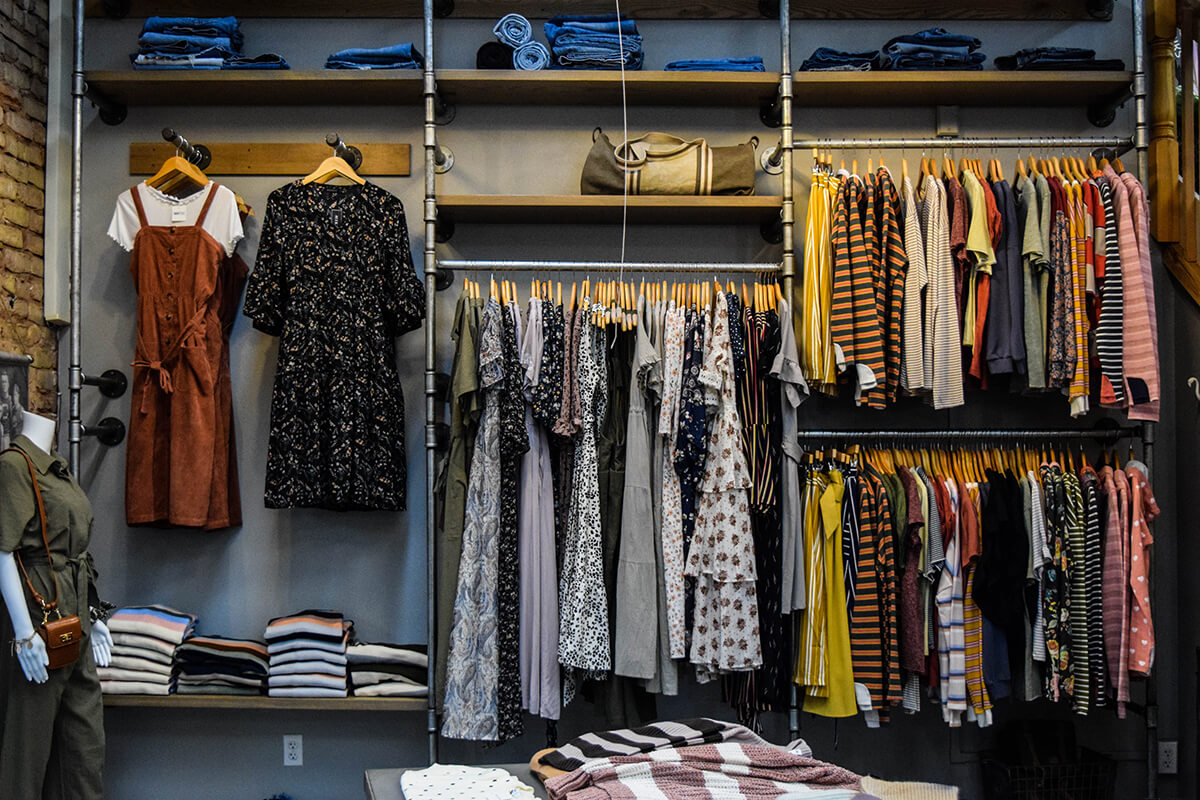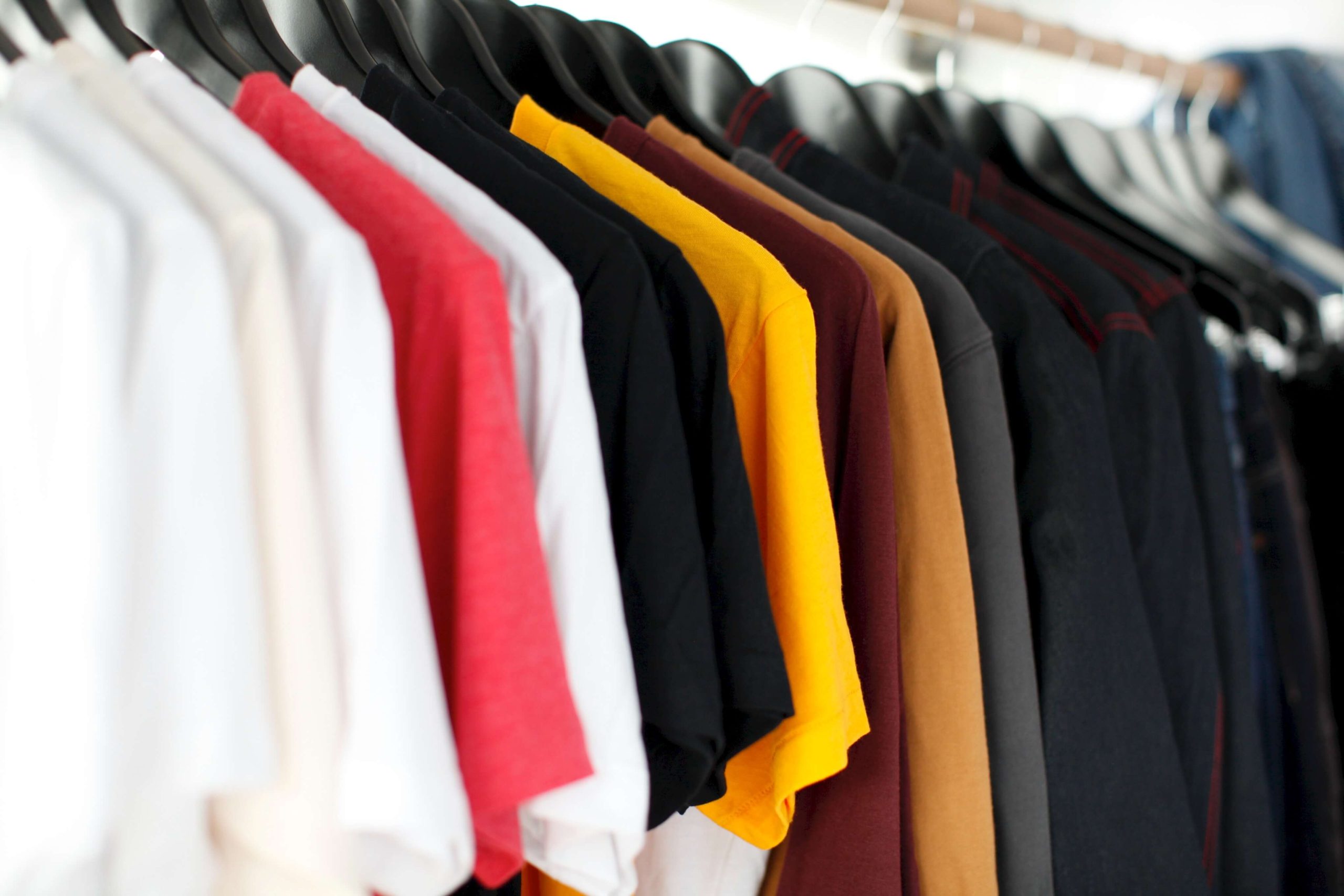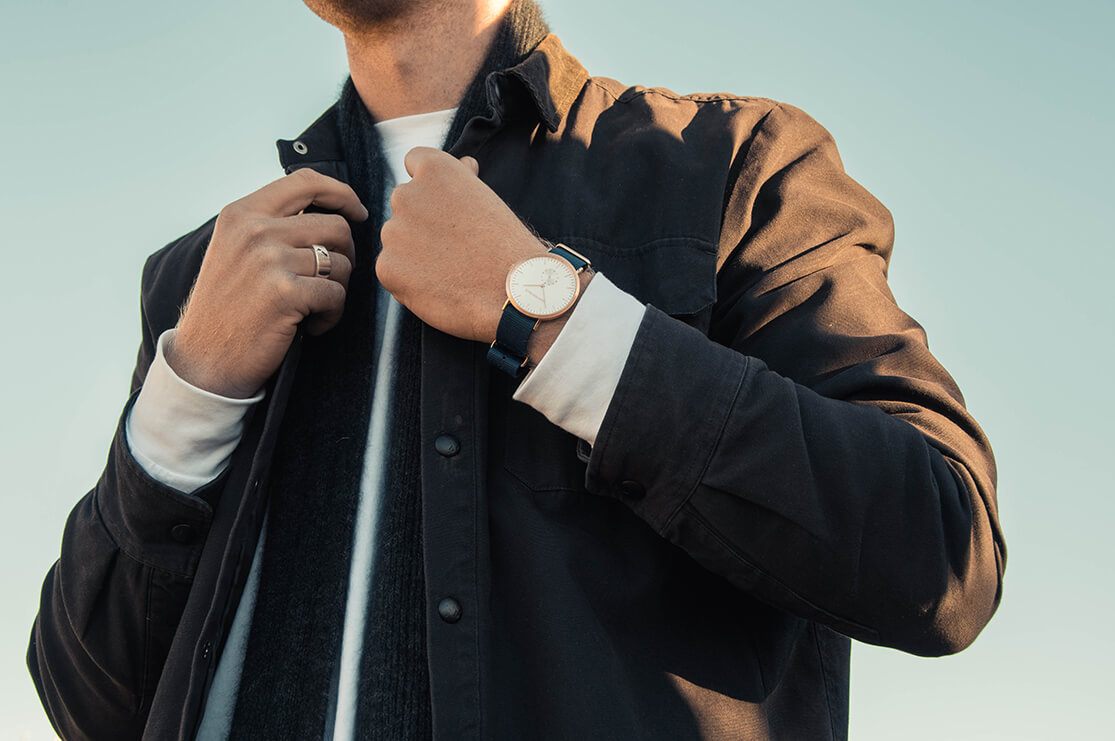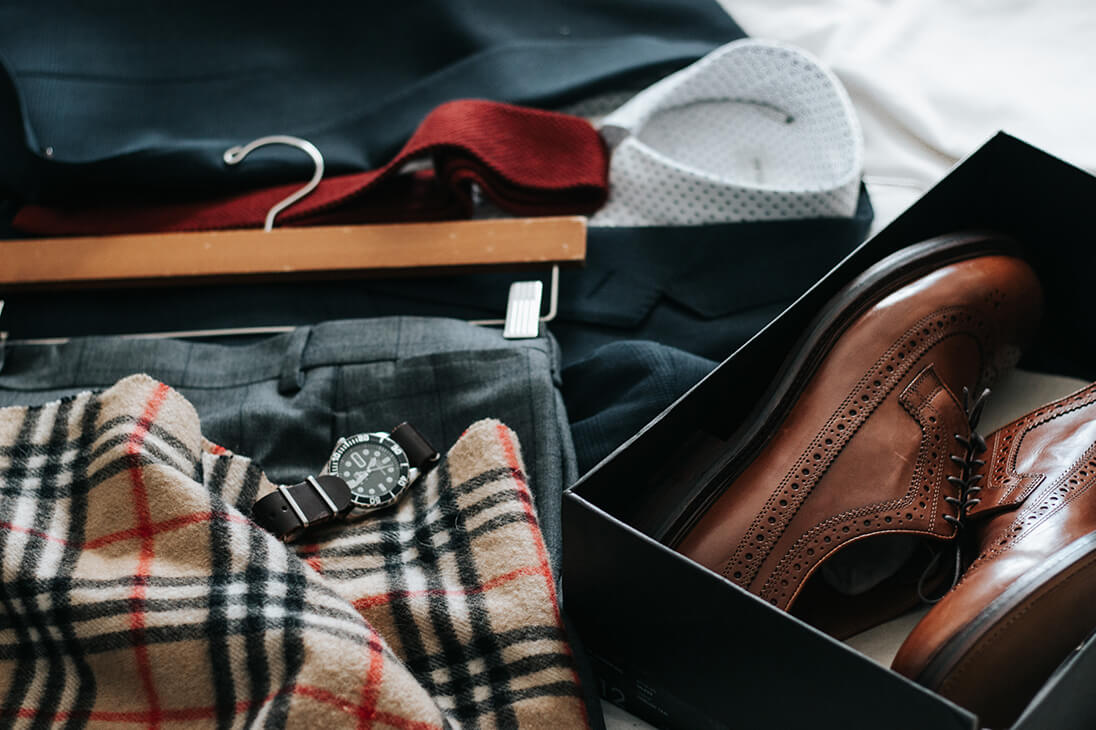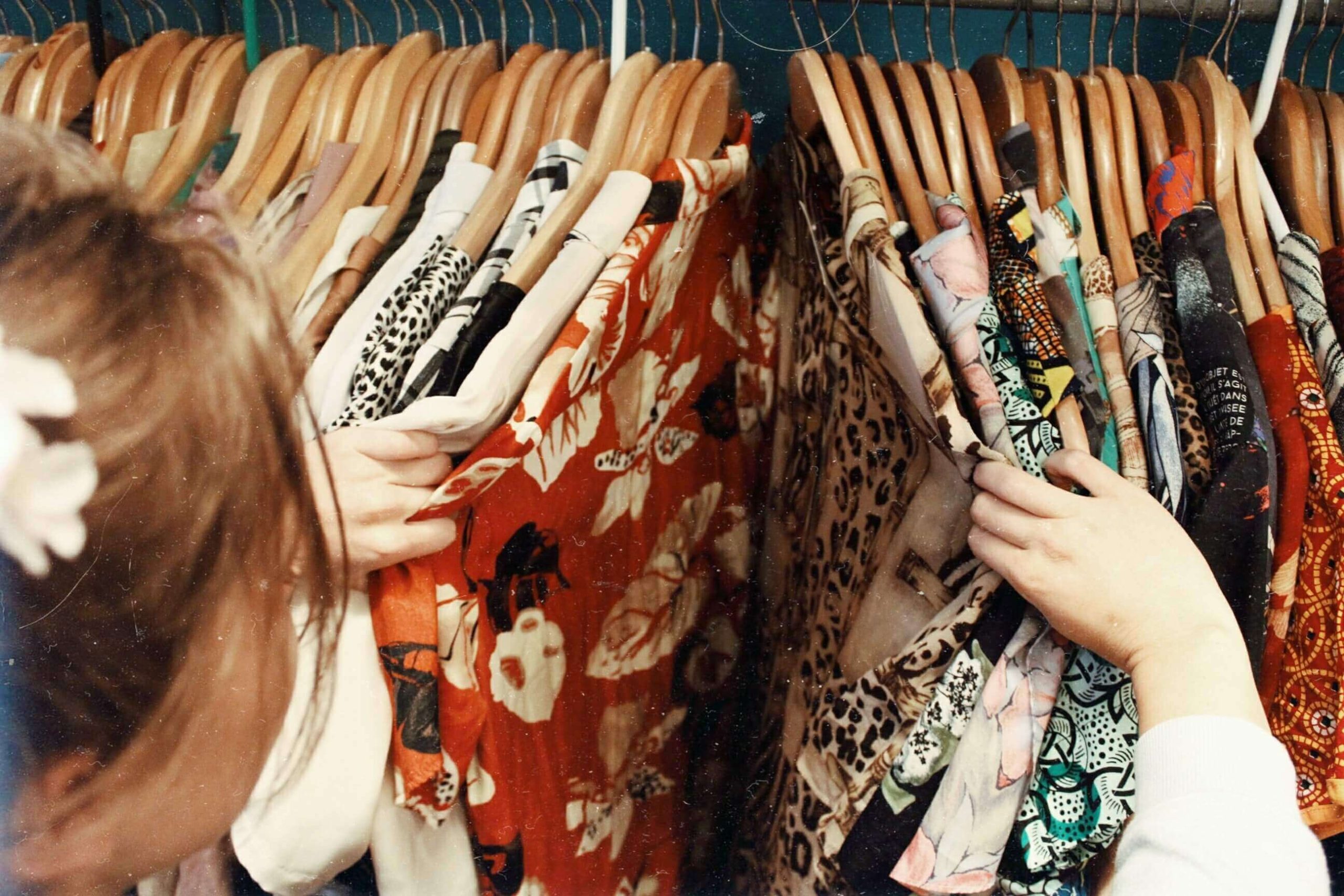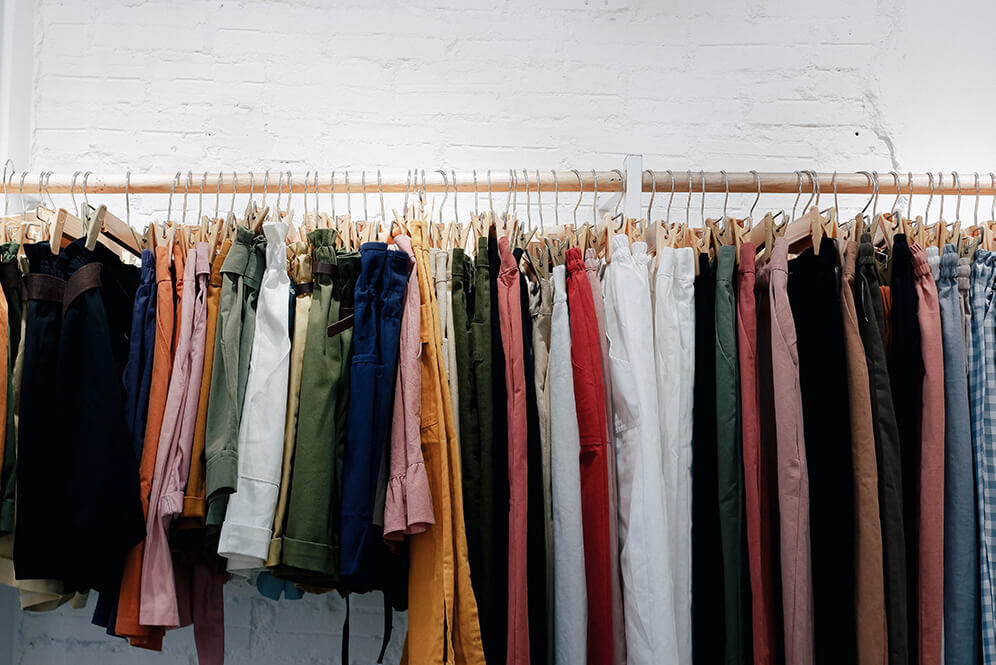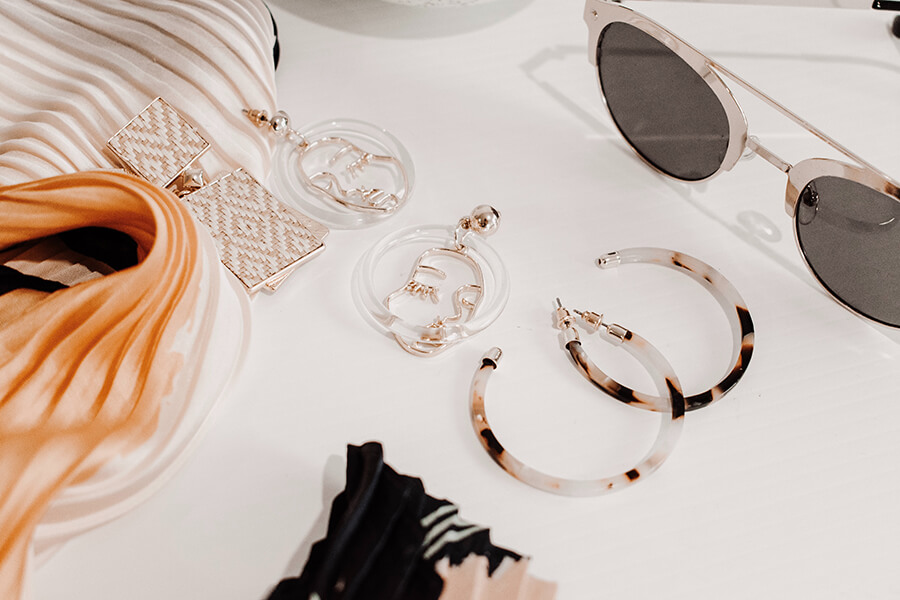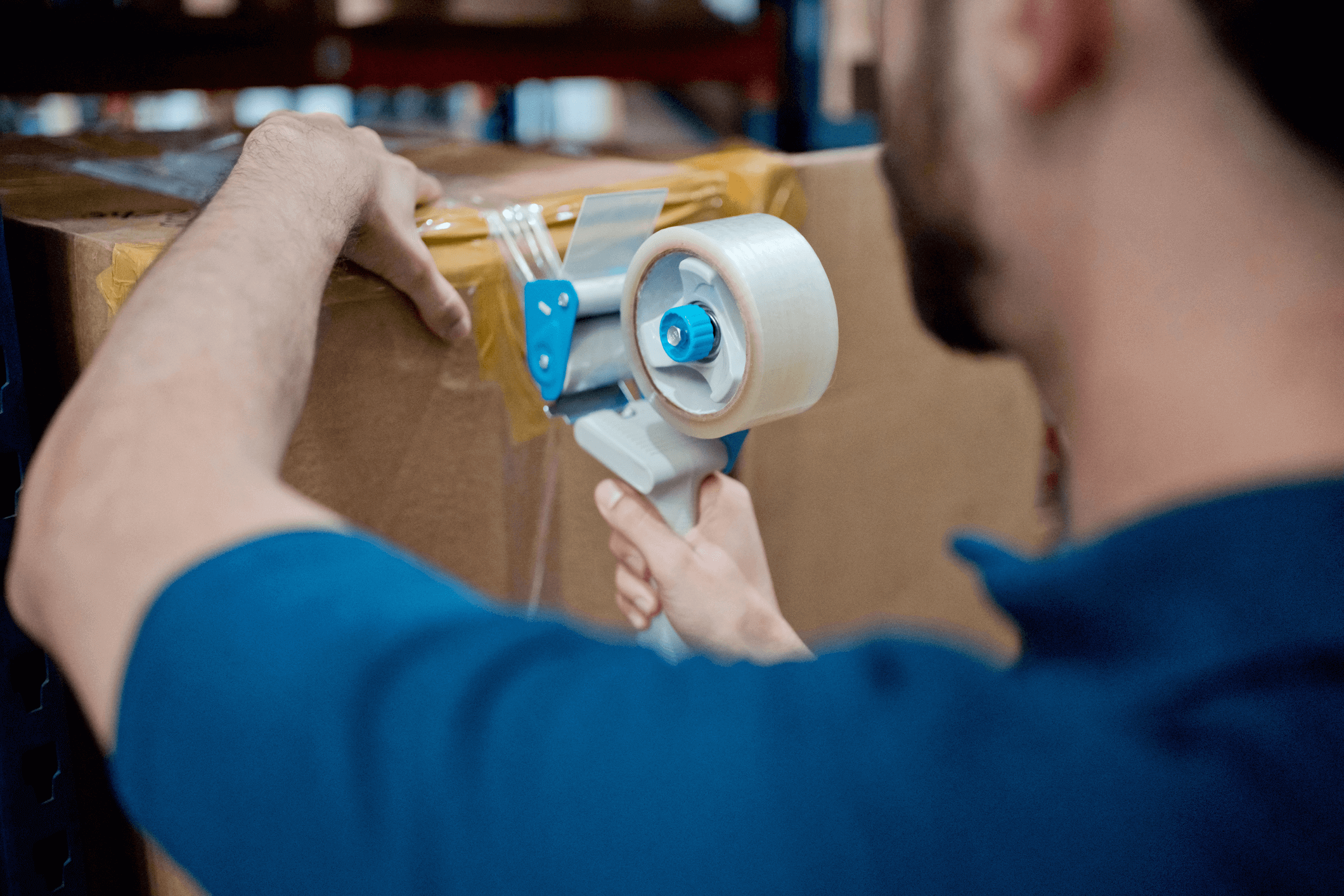Everyday, the fashion industry just keeps getting more and more crowded. As a fashion retailer, how do you thrive in a competitive market?
Fashion is a fast-growing industry. Everyday a new fashion designer or fashion retailer gets into the fashion industry, and new trends are introduced every four to six months. In such a booming industry, brands can sometimes struggle to stand out and get noticed, especially if they’re just starting out.
Competing in a saturated market may not be the easiest task, but there is a lot you can to compete, stand out and even thrive, even as a new player. With the unexpected impacts of COVID-19 and the rise of mobile usage, eCommerce has emerged as one of the main selling channels for fashion. This means plenty of new opportunities as well as challenges for fashion brands.

We dive into some ways to stand out in a saturated market to get your business noticed by potential customers:
1. Find your niche
People have to know you for one thing. Do you specialised in accessories, festive clothing for children, comfortable footwear, or trendy handbags? If you want to attract new customers, finding a niche is key. When you focus on one thing, it will make it easier for your customers to associate you with that one particular thing and begin to see you as an authority in that area. Finding your niche and focusing on it is the first step to tackle before you go on with trying to stand out.
2. Have a great quality product
It goes without saying, but if your product is good enough, then it will always have a chance at standing out. Marketing can only do so much for a product that’s not of great quality or value. Focus on developing a great product that will fill a gap or need in the market, and it will naturally find its own place in the fashion world.
3. Add more value
Look for ways you can add more values to the products and services you sell to attract clients, which will give people more of a reason to buy from you. A way of adding value could be giving freebies, teaching people how to style via online tutorials, or offering free consultation sessions. Or it could even be something as small as sending a personalized note or an extra item as a gift to your customers along with every order you send out to thank them for shopping with you. Your customers will appreciate the thoughtfulness and be more inclined to shop from you again in the future.

4. Have a consistent brand image and story
When you’re in a saturated niche, your branding and story become even more important. Even if your product is one of many similar products out there, your brand will stand out when others can relate to your story in a personal way. Having a consistent brand image is
crucial to tell consumers that you are different from competitors. You can also
use your brand story to communicate to your audience why they should shop from
you rather than others. If you have any personal motivation or particular
mission behind your brand, share it with your customers. It can enhance your
relationship with customers and strengthen your brand image.
5. Show off your reviews
Reviews will always influence potential buyer’s decisions, especially in the fashion industry. One way to stand out is simply by showing off your reviews. Happy and satisfied customers lead to more happy and satisfied customers. Just remember not to single out the positive and leave out the negative. Just because a customer is unhappy about a particular fit, doesn’t mean it won’t suit another customer. The key here is to provide timely explanations to the negative reviews, and offer to help find something else that would work. The goal is to help your customers make more informed decisions and have a positive shopping experience.
Running a successful fashion eCommerce businesses certainly requires a lot of effort and an insightful mind. But with passion, the right approach and careful planning, you’ll be able to provide something unique and carve out a name for yourself. We hope this guide helps
you to find your own way to stand out in the crowd, and set your fashion brand
up for success!
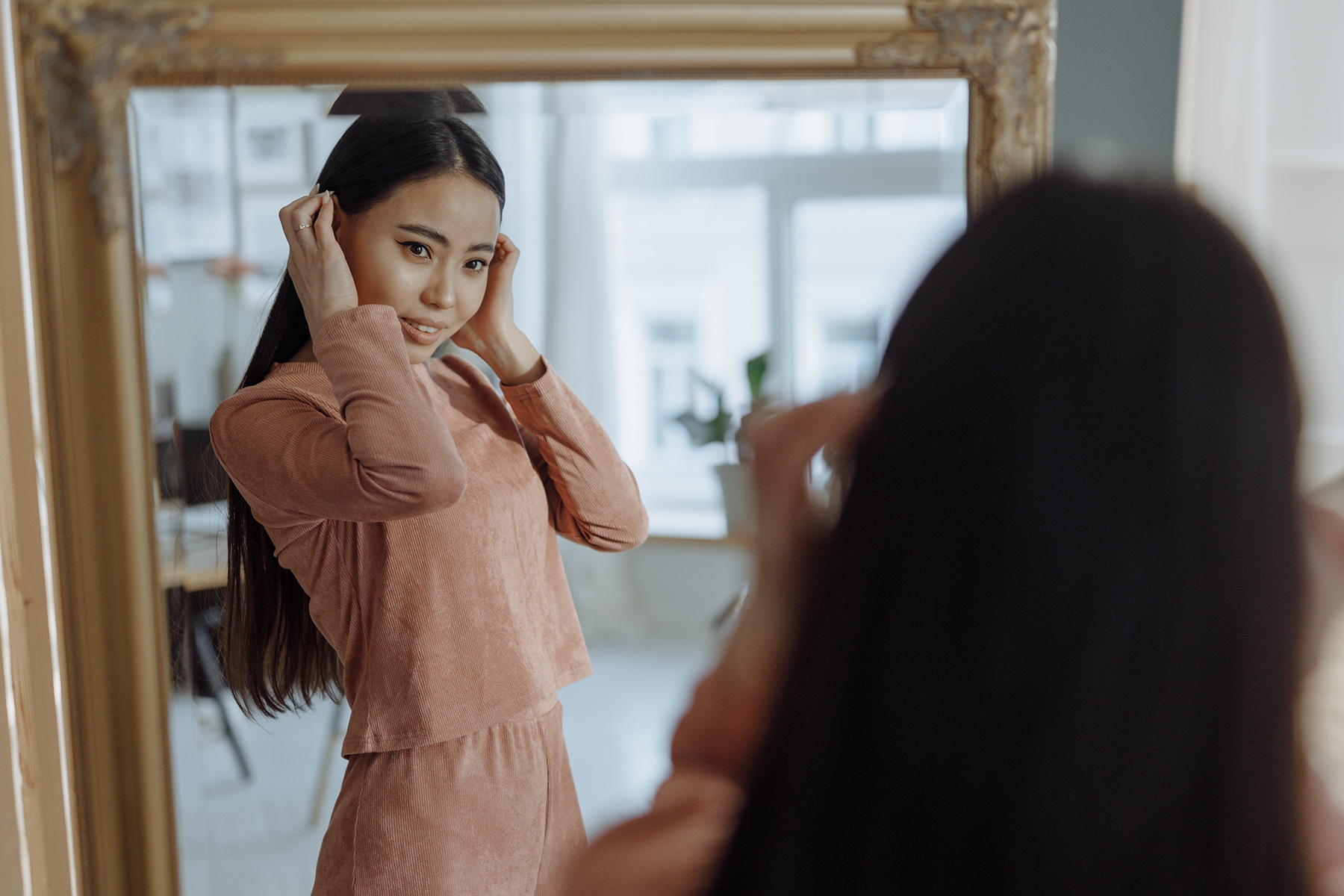
Join Lazada’s latest fashion Gayamu, Caramu campaign and stand a chance to win cash prizes total worth up to RM60,000, Sponsored Discovery Ads credit total worth up to RM3,000 and more!
Interested to be your own boss? Sign up as a Lazada seller today.
Follow us on Facebook, Instagram, TikTok, and subscribe to our YouTube channel for the latest ecommerce trends and seller hacks.
